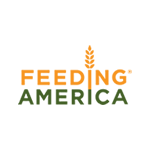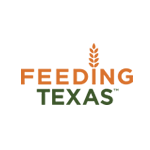Hunger Facts
Hunger Facts

"FOOD INSECURITY"
The USDA defines “food insecurity” as being limited at times to having adequate food because of a lack of money and other resources. It is the most widely accepted measure of a household’s risk of hunger. In a food insecure household, family members are faced with the tough choices of having to pay for food or other necessities such as rent, utilities, medicine or gas for their vehicle. These household members often skip meals, eat less than they feel they should or buy inexpensive food that has no nutritional value, in order to avoid being hungry.
WHAT IS THE CAUSE?
Food insecurity is usually a symptom of economic insecurity. Research has found that the three primary causes of food insecurity are poverty, underemployment and unemployment. Food insecurity is a temporary state triggered by changes in a household’s circumstances. The most common triggers are unexpected changes in income or expenses, such as losing a job or having unplanned medical bills.
When a household budget changes unexpectedly, families often reduce expenses by cutting back on grocery items.
Those We Serve Make the Choice Between:
Utility bills or food |
Housing or food |
Transportation or food |
Education or food |
Medical bills or food |
CHILD HUNGER - IT IS A PROBLEM

Child hunger is a health problem.
- Hungry children are sick more often, and more likely to have to be hospitalized;
- Hungry children suffer growth impairments that preclude them reaching their full physical potential;
- Hungry children have limited physical, intellectual, and emotional development.
Child hunger is an educational problem.
- Hungry children ages 0-3 years cannot learn as much, as fast, or as well, because of lack of nutrition that harms their cognitive development during this critical period of brain growth.
- Hungry children do more poorly in school and have lower academic achievement because they are not well prepared for school and cannot concentrate;
- Hungry children have more social and behavioral problems because they have less energy for social interactions and cannot adapt as effectively to environmental stresses.
Subscribe to our email communications
Get notified on updates, upcoming events and volunteer opportunities







